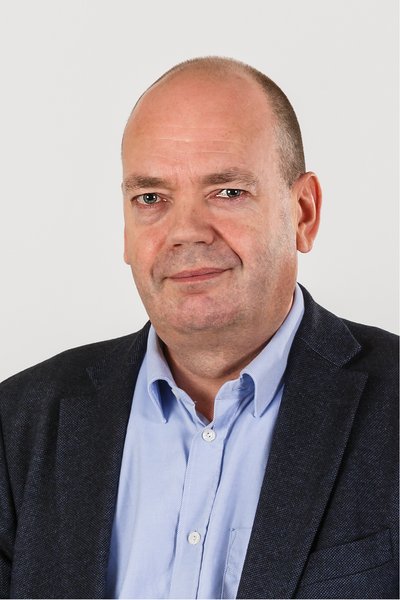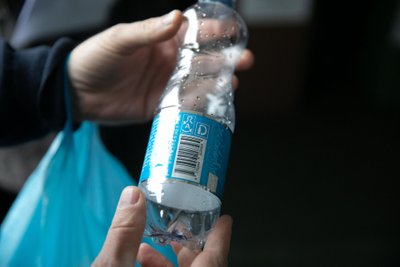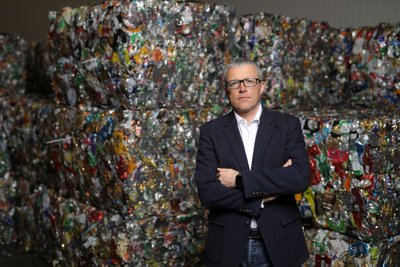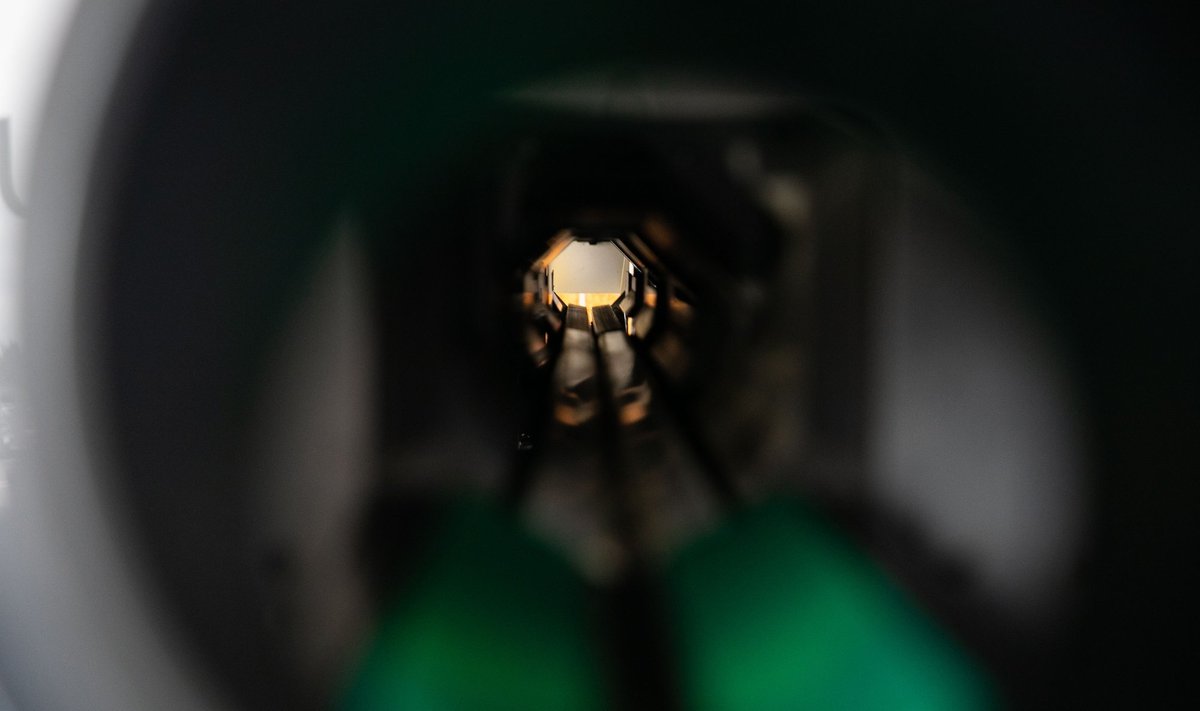At the moment only 10 countries in Europe already use the packaging deposit system for PET, glass or aluminum beverage containers: Croatia, Denmark, Estonia, Finland, Germany, Iceland, Lithuania, Netherlands, Norway, and Sweden.
Some countries have managed to achieve spectacular results. For example, in Germany, the return rate reaches 98,4 percent (2015) or in the Netherlands - 95 percent (2016).
Lithuania is also among those countries that have what to boast. Last year the return rate in Lithuania was 92 percent. Meanwhile, for example, in Denmark where the deposit system was implemented many years ago, the return rate was 90 percent, in Sweden - 84,0 percent.
Nevertheless, the differences in return rates in different European countries may vary because of many reasons: from the convenience of reverse vending machines network to international trade.
More education about the environment needed
While neighboring Latvia is still preparing to introduce the packaging deposit system, Estonia was the first Baltic country to implement the deposit system. Estonians are paying a 10 cents deposit for beverage containers since 2005. According to statistics of 2017, the return rate was 82,7 percent. It is 10 percentage points less than in Lithuania.
The representative of Estonian deposit system operator "Eesti Pandipakend" Kerttu-Liina Urke says that return rates in Estonia are quite stable in the last few years.

"These rates have not changed very much during the last years. Except for the return rate for cans. Cans' return rate has been mainly affected by the Estonia-Latvia border trade. To be honest, financial initiative mostly motivates consumers to return deposit packagings. Of course, the educational part is also very important but to change the habits takes a lot of time. The monetary incentive gives fast results and takes the high littering risk under control", she says.
According to her, one of the obstacles that push return rates down might be the distance to reverse vending machines from home.
"Maybe it is uncomfortable to carry the bottles back to a shop, especially when you do it on foot. But there is a solution even for that, return bottles more often and bottles bag will be not so heavy", K. L. Urke suggests.
On the other hand, the representative of the Estonian deposit system operator thinks that the return rates might be raised a bit higher. And the solution for that would be environmental education.
"But we have to understand that there will be always people who don´t care and throw the bottles in regular trash", she adds.
New plans for festivals and concerts
Although "Eesti Pandipakend" does not have many promotional projects for the packaging deposit system the system operator provides its own environmental classes for the students and kindergartens.
As mentioned above, in Estonia the cans return rate is the lowest. As K. L. Urke mentions, the answer is hidden behind the border trade and alcohol excise.
"A lot of North border tourists bought drinks, mostly in cans, and took them in their homeland. These cans were not returned in the Estonian system and that brought the return rate more down compared with glass and plastic bottles. But it changed when our government raised alcohol excise abnormally hight. It is a bit longer story", - she explains.

Nevertheless, "Eesti Pandipakend" understands that more beverage containers have to be included in the system and at the moment the operator thinks of adding strong alcohol beverages containers into the system.
"But it will be based on free will. It means that producers have the right to decide do they want to collect their bottles through the deposit system or not. Right now, when we look at the packaging law, they can´t enter in the deposit system", continues K. L. Urke.
Moreover, Estonia is waiting for a new big action that will be targeting people that participate in public events such as festivals and concerts.
"Our next big action is to offer reusable beverage cups for the events and festivals. This new service helps to reduce waste production and works on the principle of a deposit system. A deposit will be added to each recyclable cup given to the event visitor and when the visitor returns the cup, he/she gets the deposit back. We wash the cups and reuse them again in new events", she explains.
Environment-friendly from childhood
Finland implemented the deposit system already 23 years ago. As statistics show the return rate is quite similar to Lithuanian - 92 percent. Moreover, the Finish return rate is stable for a few last years.
In the beginning, when Finland introduced the deposit system only cans were charged with a deposit. After almost 10 years plastic bottles were included in the system. Finally, starting 2012 glass bottles also are a part of the deposit system.
Pasi Nurminen, director of Finnish deposit system operator "Palpa", says there are several reasons why the return rates are high in the country.
"First of all, it is cultural and has to do with the increase of environmental awareness: Finns are used to returning beverage packages. This is something we learn already as a child. The second reason is a large network of returning points in suitable locations. The third reason is the deposit, which works well as an incentive", points he.

On the other hand, the representative of "Palpa" agrees that the return rates could be increased even more.
"It is possible to raise the return rates further by communicating the benefits of recycling to the general public. This is what we are doing, but reaching 100 percent is not realistic. Nevertheless, it is a good target", he adds.
According to P. Nurminen, some bottles that are part of the system are still left in public places.
"Also, some individual packages on-the-go (for example energy drinks) may not find their way to a returning point. Reminding people about recycling helps here as well", he says.
The lowest return rate in Finland is for glass bottles. P. Nurminen guesses that some people might keep empty bottles for household purposes. And sometimes glass bottles just break.
The financial initiative does not work anymore
Also, the deposit system for beverage containers is not new for Iceland. Historically, the return rate in the country is 85 percent. Despite that, the deposit system operator "Endurvinnslan" notices that lately the return rate is decreasing.
"The reason return rate is dropping is because of a huge increase in tourism that does not understand the system", Helgi Larusson, CMO of "Endurvinnslan" explains.

According to the statistics, the highest return rate goes to cans. Meanwhile, the return rate of plastic and glass bottles are worse in Iceland.
"As the economy is very strong the incentive (deposit fee) is not as much as before", H. Larusson sees.
Lithuanians were ready
Gintaras Varnas, director of Lithuanian deposit system operator "Užstato sistemos administratorius", thinks that Lithuania was caught by a huge success after the implementation of the deposit system because citizens were ready for a change.
"Surveys that we did before the official start of the deposit system showed that citizens of Lithuania want this system to be introduced in the country. Therefore, people were ready for it even before it started", he claims.
Nevertheless, G. Varnas agrees that if a person stays indifferent to environmental issues, he or she will not be active in the deposit system.
"On the other hand, if the system had any issues or was vague people would have lost their enthusiasm very fast. From the first day we tried to make this system simple, convenient and accessible to use for everyone", he continued.

G. Varnas admits that the involvement of citizens was higher than the most optimistic forecast.
"First-year we already had a 74 percent return rate. Quickly people understood how this system is changing the environment. Therefore, the second year our return rate reached 92 percent", he adds.
Even if the return rate did not change last year and was also 92 percent, G. Varnas says that it does not mean that the number of returns is not growing.
"We can see that the consumption of beverages is still growing. In 2017, we collected 92 percent of packages and it was in total 538,5 million packages, in 2018, 92 percent or 581,6 million packages. We expect that this year total numbers will be even higher", forecasts he.
